What is Content Marketing?
Content marketing is a smart way to attract and keep visitors on your website by providing them with valuable, interesting, and relevant information instead of just selling products or services directly. For Google AdSense users, content marketing means creating helpful blog posts, videos, or guides that answer your audience’s questions or solve their problems. This builds trust and encourages people to visit your site more often, increasing your traffic and the chances they will click on ads. The goal is to position yourself as a knowledgeable and reliable source so visitors choose your site first when looking for solutions. Good content marketing also improves your site’s search engine ranking, bringing in more organic visitors who are genuinely interested in what you offer. By focusing on quality, consistency, and usefulness, content marketing helps you create a loyal audience and boosts your Google AdSense earnings over time.
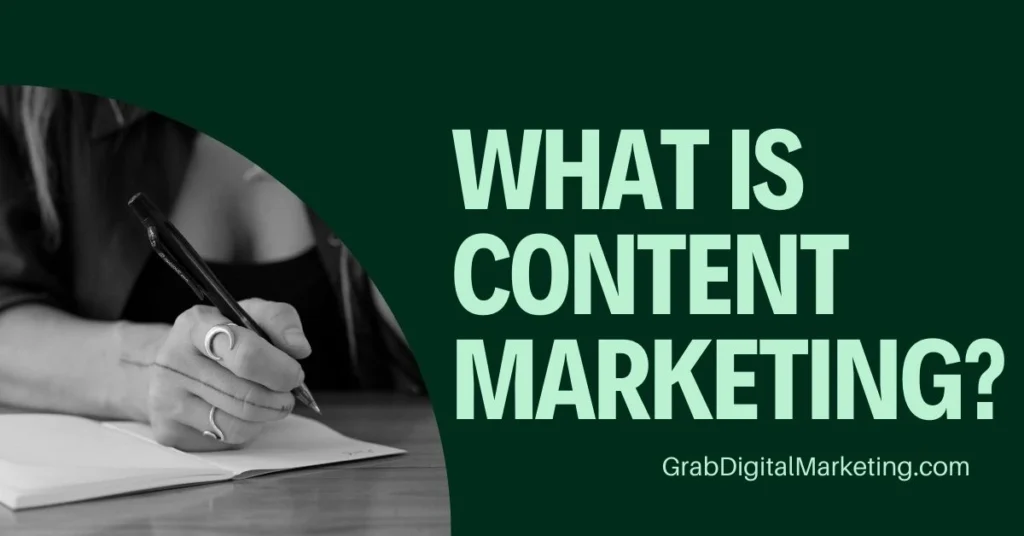
Table of Contents
Understanding Content Marketing
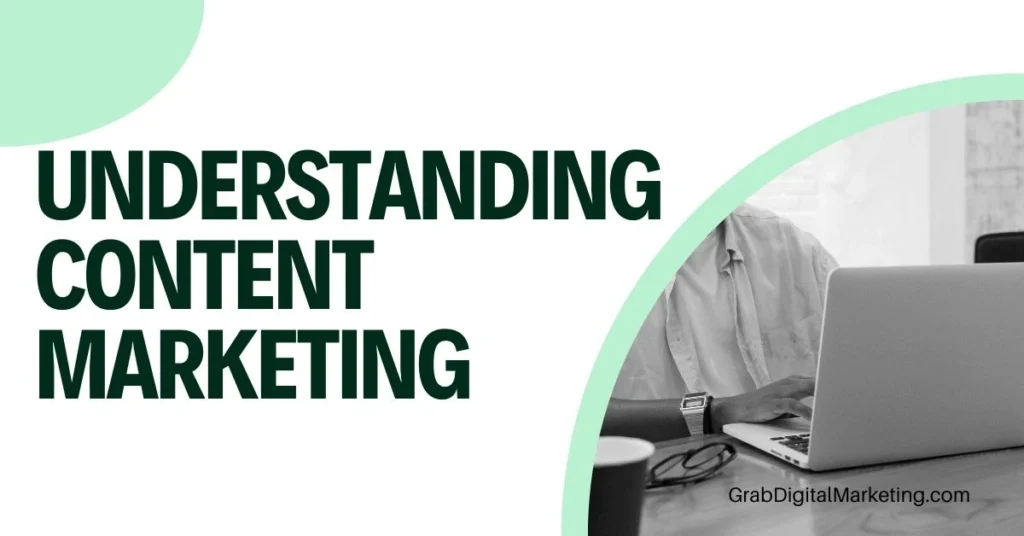
Understanding content marketing for Google AdSense means realizing that it’s not just about creating any content—it’s about creating valuable, relevant, and consistent material that attracts the right audience to your site. Instead of directly selling products or services, content marketing focuses on providing helpful information that answers your visitors’ questions or solves their problems. This builds trust, keeps visitors coming back, and encourages them to explore more pages on your site. For AdSense users, more engaged visitors mean more opportunities for ad impressions and clicks, which translates into higher earnings. Content marketing can include blog posts, videos, tutorials, and more, all tailored to meet the needs of your audience. When you understand and apply content marketing well, you make your website a trusted resource that ranks higher in search engines and earns more with Google AdSense.
Types of Content
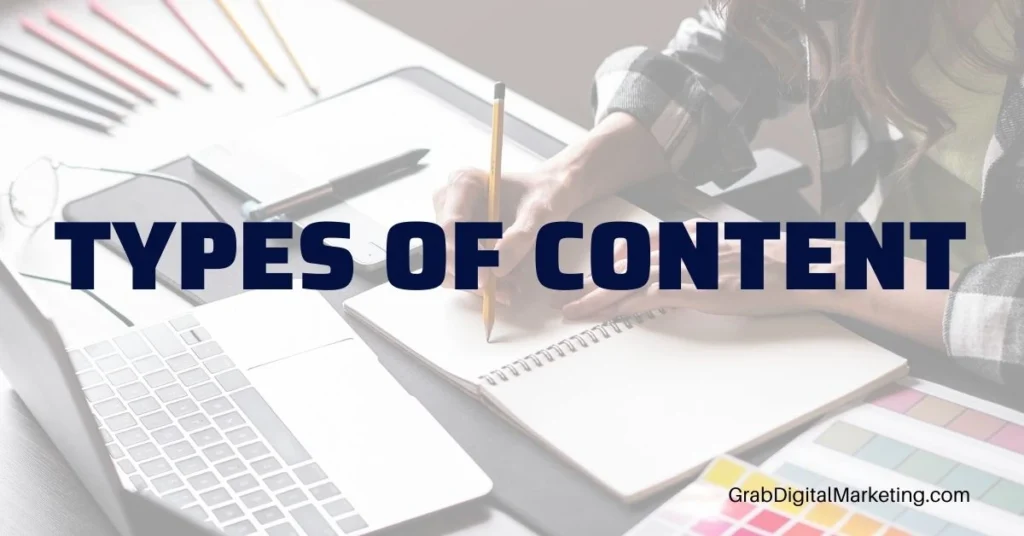
Different types of content work well for Google AdSense and help you earn money from your website. The most common type is blog posts or articles, where you share useful information, tips, or stories related to a specific topic. Videos are also very effective, especially when embedded on your site, as they keep visitors engaged longer. Product reviews and comparison content attract buyers and usually have higher ad click rates. You can also use in-feed ads that fit seamlessly within lists or article feeds, and in-article ads that appear naturally within your text, improving user experience while generating revenue. Another popular format is web stories—short, engaging, and visual content that captures attention quickly. By using a mix of these content types and placing ads thoughtfully, you create a better experience for visitors and boost your Google AdSense earnings.
How to Write Content?
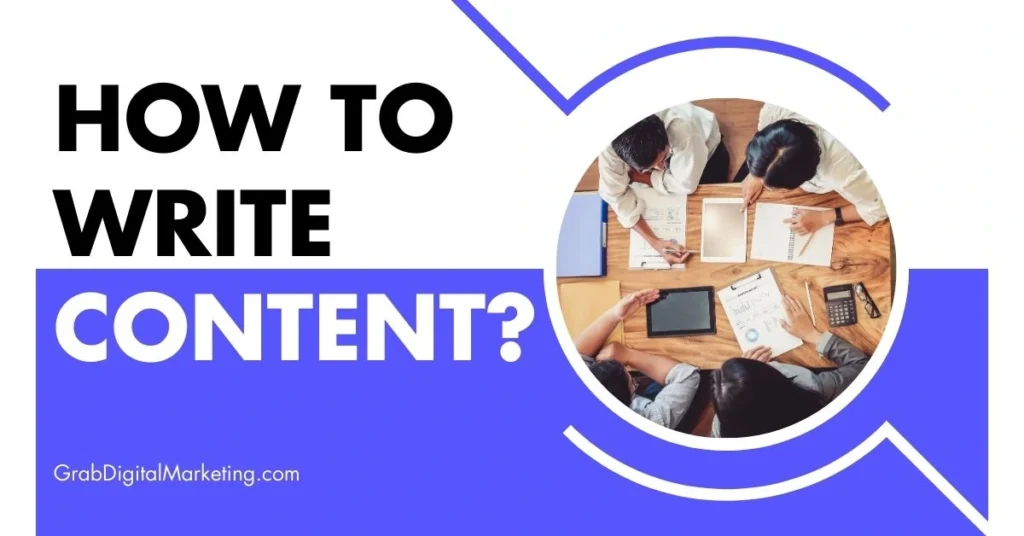
Writing content for Google AdSense means creating original, high-quality, and useful material that attracts and keeps visitors on your site. Start by choosing topics that your audience cares about and researching relevant keywords naturally without overstuffing. Use simple, clear language and organize your content with headings, short paragraphs, and bullet points to make it easy to read, especially on mobile devices. Avoid copying or duplicating content from other sites, as Google values unique information. Consistency is key—regularly publish fresh content to keep your site active and encourage repeat visitors. Adding images, videos, or infographics can make your articles more engaging and hold visitors’ attention longer. Also, make sure your content follows Google’s policies to avoid any problems with your AdSense account. Lastly, promote your content on social media and other platforms to drive more traffic, increasing the chances visitors will click on your ads and boosting your revenue.
Content Marketing in Action: A Step-by-Step Guide
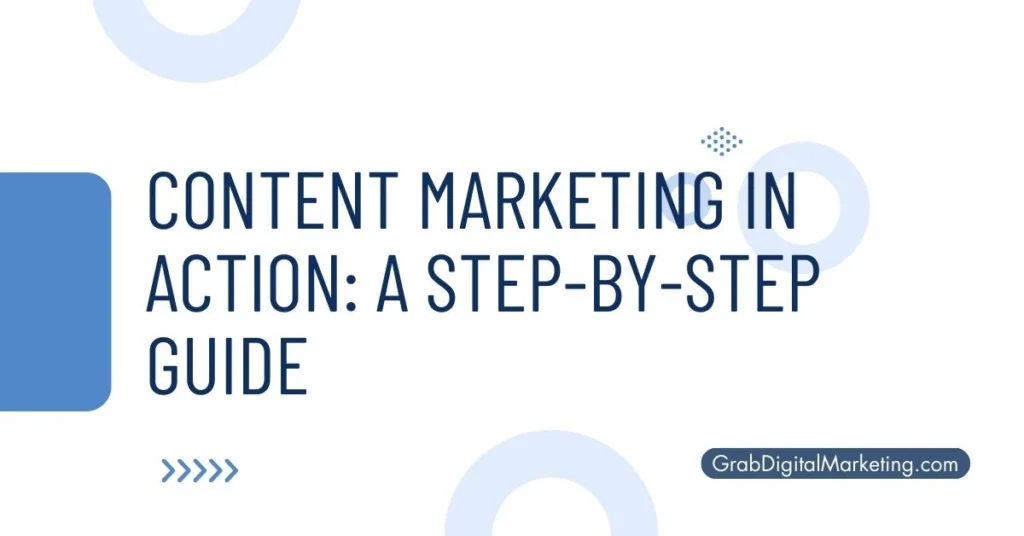
Content marketing in action for Google AdSense means following a simple step-by-step approach to create valuable content that attracts visitors and earns ad revenue. First, start by researching your target audience to understand their interests and what kind of information they are looking for. Next, create original and useful content, such as blog posts, videos, or guides, that answer their questions or solve their problems. Once your content is ready, set up your Google AdSense account and place ad codes strategically on your site to ensure they blend naturally without disrupting the user experience. Finally, monitor your site’s performance using analytics tools to see which content and ads are working best, then optimize continuously by experimenting with different topics, keywords, and ad placements. Following these steps helps grow your readership, increase traffic, and maximize your AdSense earnings over time.
Content marketing offers a plethora of benefits for businesses. Here are some of the most significant advantages:
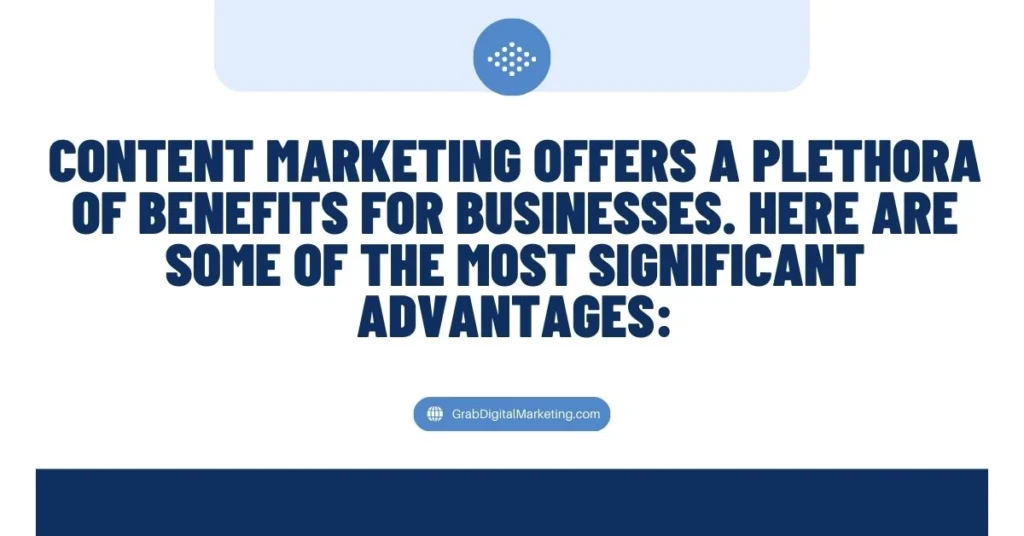
1. Increased Brand Awareness
Creating valuable and relevant content helps businesses reach a broader audience. As more people engage with your content, your brand becomes more recognizable and trusted.
2. Improved Search Engine Rankings
Consistently publishing high-quality content that is optimized for search engines can improve your website’s visibility. This leads to higher rankings on search engine results pages (SERPs) and drives organic traffic to your site.
3. Establishing Authority and Credibility
By providing valuable information and insights, businesses can position themselves as industry experts. This builds trust with the audience and establishes the brand as a credible source of information.
4. Building Strong Customer Relationships
Content marketing allows businesses to connect with their audience on a deeper level. By addressing their needs, interests, and pain points, you can foster strong, long-lasting relationships with your customers.
5. Generating Leads
Offering valuable content, such as eBooks, whitepapers, or webinars, in exchange for contact information can help generate leads. This allows businesses to build a database of potential customers who are interested in their products or services.
6. Boosting Conversion Rates
High-quality content that addresses the audience’s needs and concerns can guide them through the buyer’s journey. By providing the right information at the right time, businesses can increase the likelihood of converting leads into customers.
7. Cost-Effective Marketing Strategy
Content marketing is often more cost-effective than traditional advertising methods. Creating and distributing content can yield long-term results, providing a higher return on investment (ROI) over time.
8. Enhancing Social Media Engagement
Sharing valuable and engaging content on social media platforms can increase likes, shares, and comments. This helps expand your reach and build a community of loyal followers.
9. Supporting Other Marketing Efforts
Content marketing complements other marketing strategies, such as email marketing, social media marketing, and pay-per-click (PPC) advertising. It provides valuable assets that can be repurposed and shared across different channels.
10. Educating Your Audience
Content marketing allows businesses to educate their audience about their products, services, and industry trends. This helps customers make informed decisions and increases the likelihood of them choosing your brand over competitors.
11. Encouraging Customer Loyalty
By consistently providing valuable content, businesses can keep their audience engaged and interested. This helps build loyalty and encourages repeat business.
12. Gaining Customer Insights
Analyzing the performance of your content can provide valuable insights into your audience’s preferences and behaviors. This information can be used to refine your content strategy and create more targeted and effective content in the future.
Content marketing is a powerful tool for businesses to connect with their audience, build trust, and achieve their marketing goals. By leveraging the various types of content and following best practices, businesses can reap the numerous benefits of content marketing and drive long-term success.
Conclusion
Content marketing is a powerful strategy for businesses to connect with their audience, provide value, and build lasting relationships. By understanding the different types of content and following best practices for creating and promoting content, businesses can achieve their marketing goals and drive profitable customer action. Remember, the key to successful content marketing is to consistently produce high-quality content that resonates with your audience and addresses their needs.
